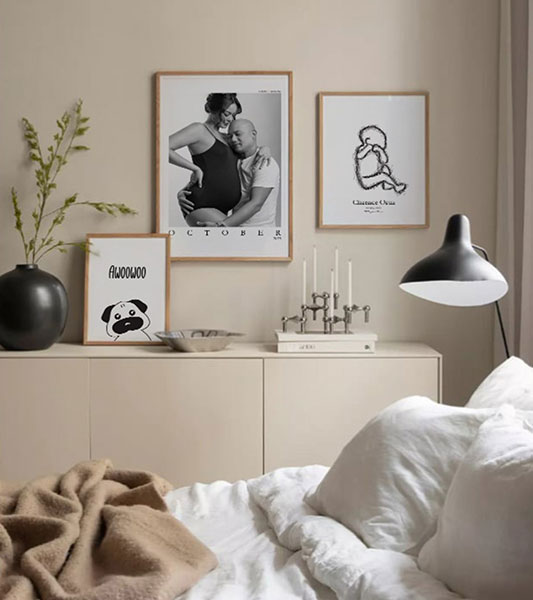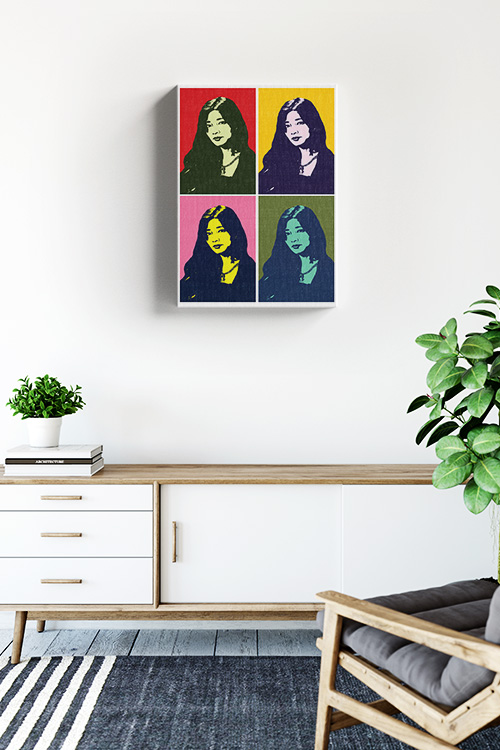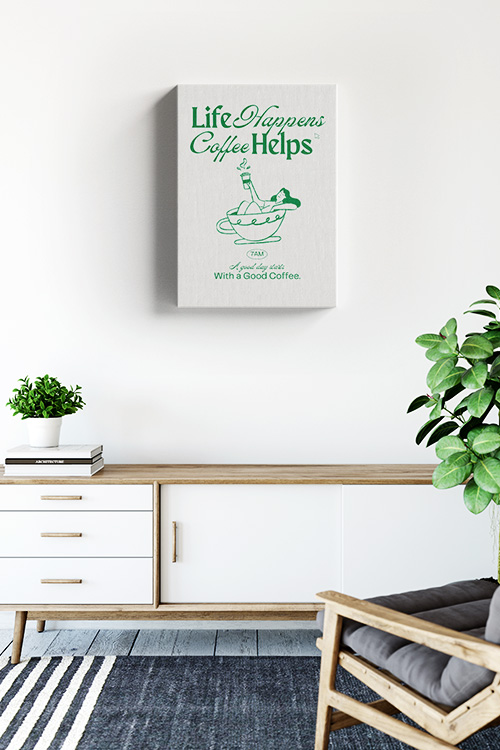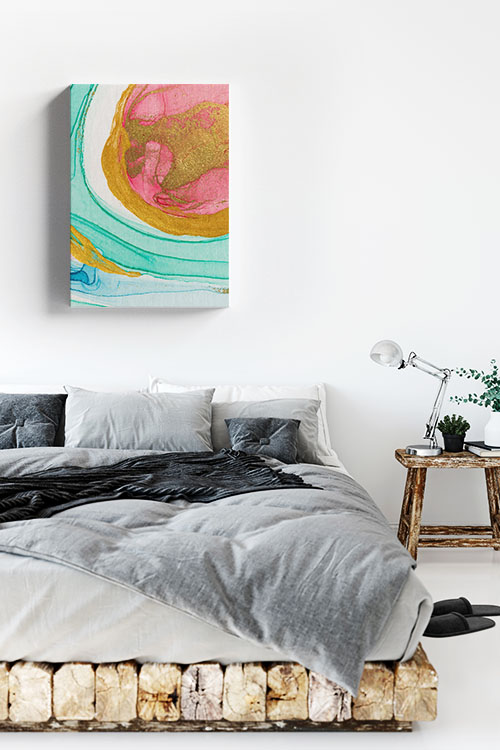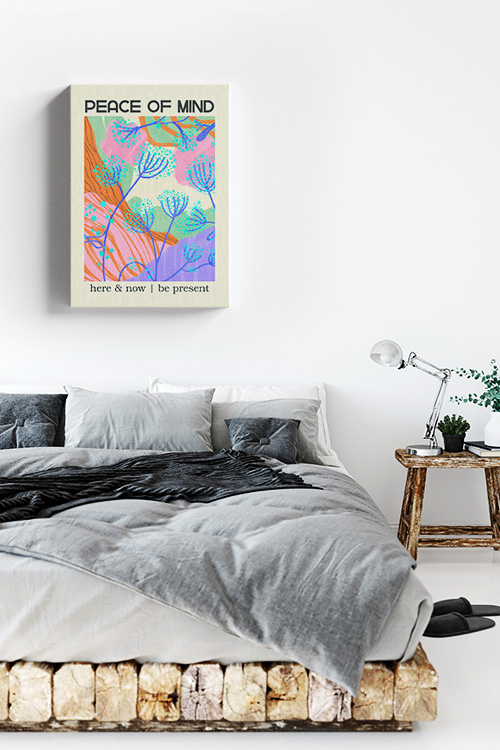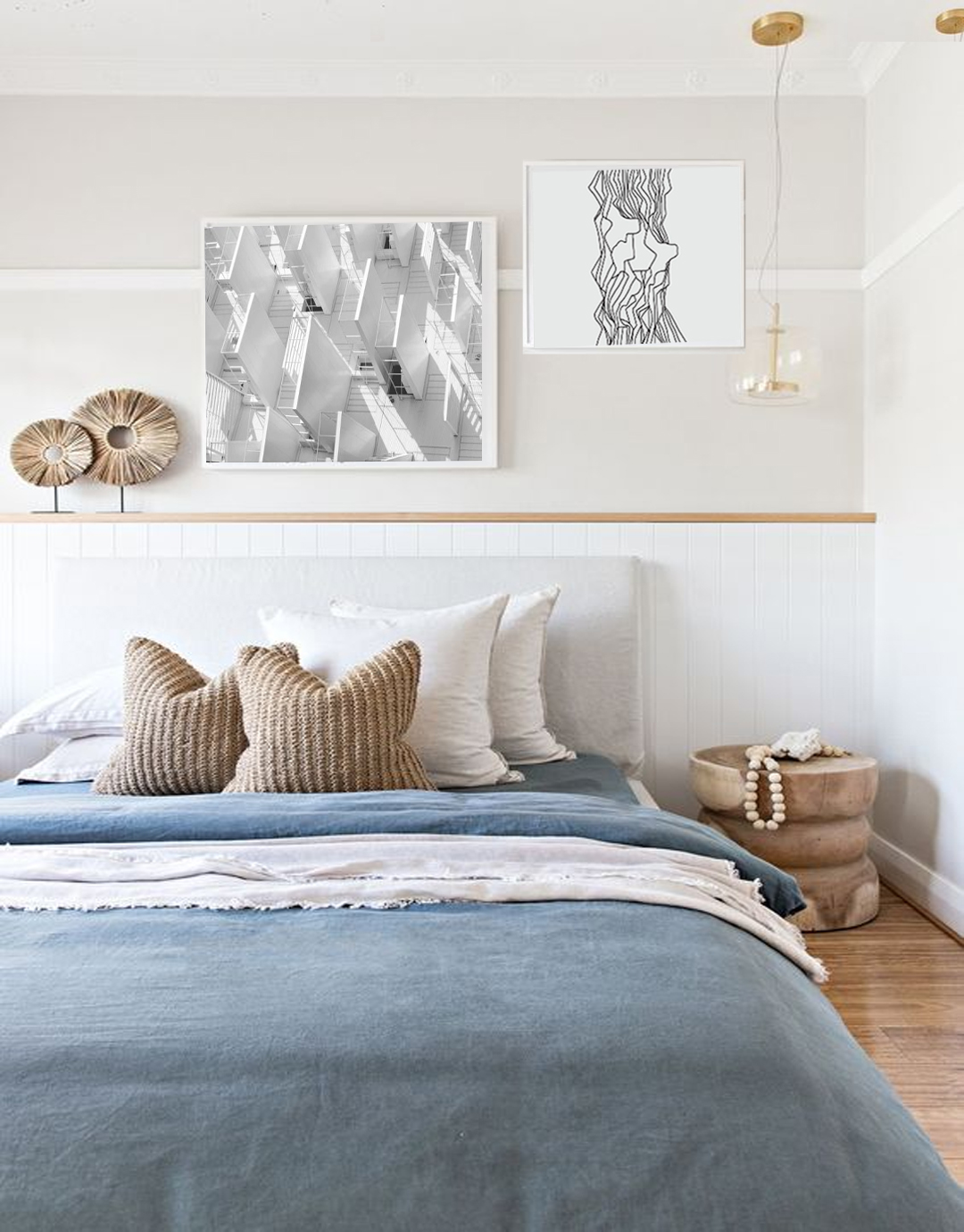
Home is more than just a place. It is a canvas where we paint our stories, dreams, and passions. For those with a heart full of wanderlust, there’s no better way to infuse your living space with the spirit of travel than through carefully curated art prints. Whether you’re a seasoned globetrotter or a dreamer planning your next adventure, here’s how you can transform your home into a travel-inspired haven.
Choose Your Theme
Every journey begins with a theme. Decide on the vibe you want to create –a tropical paradise, European charm, bustling city, or serene landscape. Your chosen theme will guide the selection of art prints that resonate with your travel experiences or aspirations.
Curate Your Collection
Once you’ve settled on a theme, it’s time to curate your collection of art prints. Look for pieces that evoke memories of your favorite destinations or inspire your wanderlust. Consider a mix of vintage travel prints, minimalist cityscapes, colorful maps, and artistic interpretations of natural wonders. The key is to blend different styles and sizes to create visual interest while maintaining a cohesive look.
Plan Your Display
How you display your travel-inspired art is crucial to setting the mood in your home. Create a gallery wall featuring a mix of framed prints and posters in various sizes and styles. Start with a focal point–perhaps a large map or a striking photograph–and build around it with smaller pieces that complement each other. Alternatively, dedicate a corner or a hallway to showcase your collection, arranging the artwork to tell a visual story of your adventures.
Mix and Match Decor
Enhance the ambiance of your travel-inspired home by incorporating decor elements that complement your art prints. Introduce textiles, such as throw pillows or rugs, inspired by global patterns or colors. Display souvenirs and mementos from your travels, like seashells, ceramics, or textiles, alongside your artwork to add personal touches and enhance the storytelling aspect.
Create a Reading Nook or Meditation Space
Turn a quiet corner into a cozy reading nook or a meditation space infused with travel inspiration. Place a comfortable chair or floor cushions surrounded by your favorite travel books, globes, and thematic artwork. This retreat within your home will serve as a sanctuary for relaxation and reflection, transporting you to far-off places without leaving your doorstep.
Refresh Seasonally
Keep your travel-inspired home dynamic by refreshing your collection seasonally or as you discover new destinations. Rotate artwork to reflect changing seasons or your evolving travel bucket list. This practice not only keeps your space vibrant but also allows you to draw inspiration from your wanderlust adventures continuously.
Share Your Story
Let your travel-inspired home tell your story to guests and visitors. Share anecdotes and memories associated with each piece of artwork. Invite conversation about your travels and aspirations, fostering connections through shared experiences and a mutual appreciation for culture.
In a Nutshell
Creating a travel-inspired home with art prints is about celebrating the beauty of exploration and discovery within the comfort of your space. It’s a testament to your adventurous spirit and a constant reminder that the world is full of wonders waiting to be explored.



